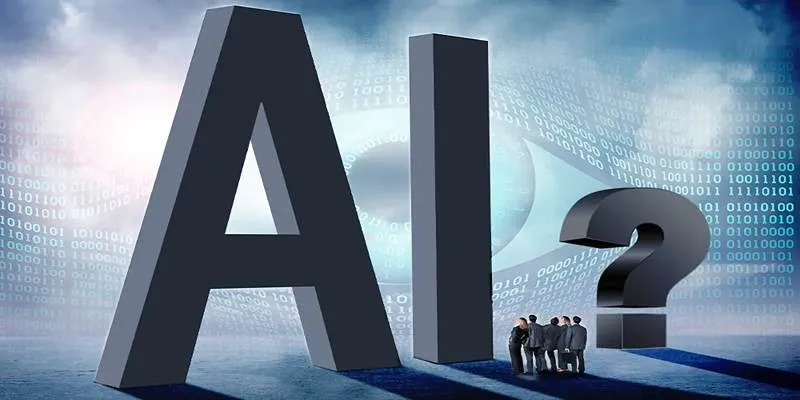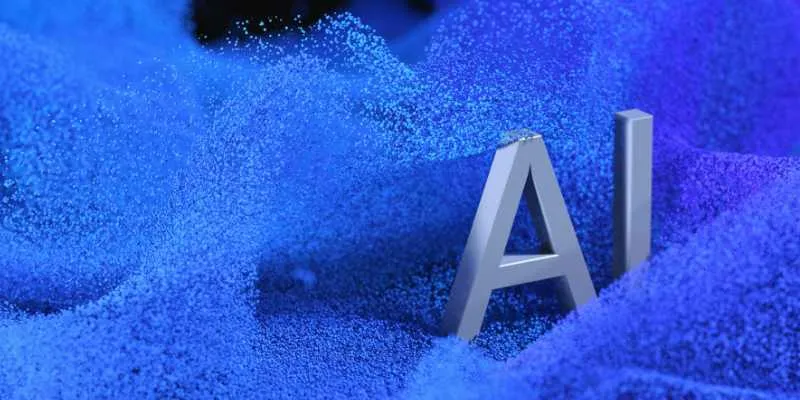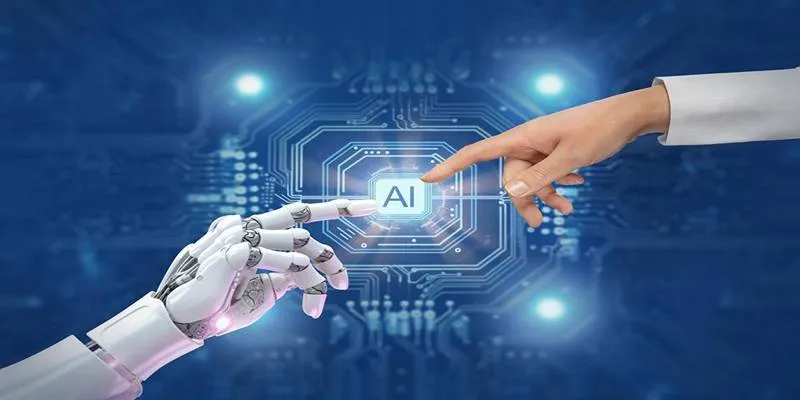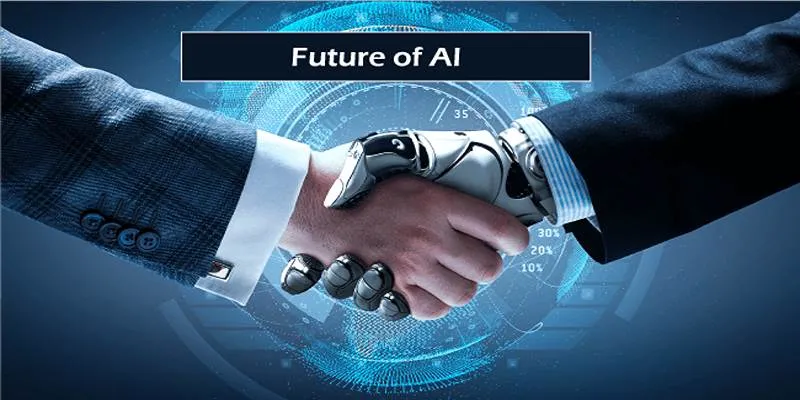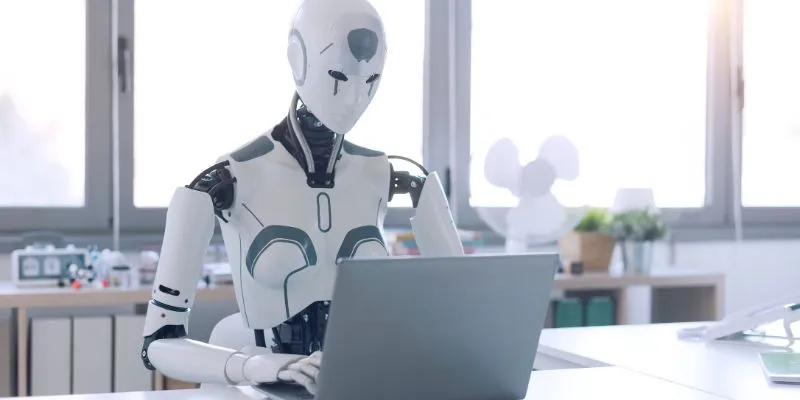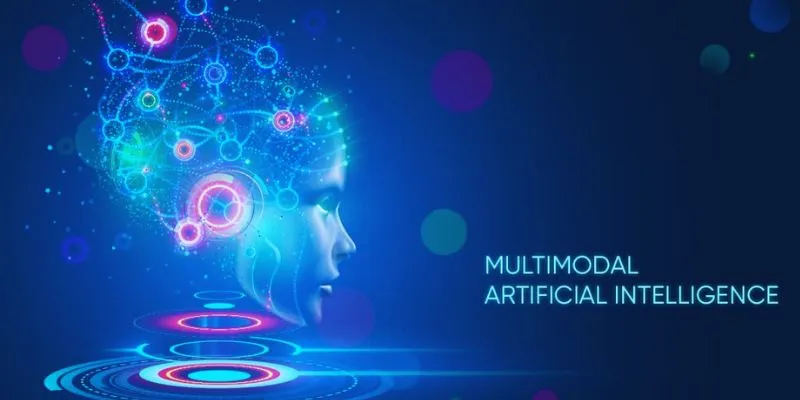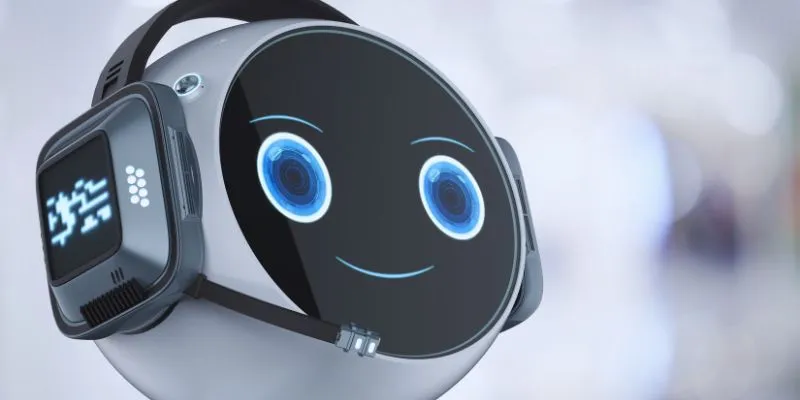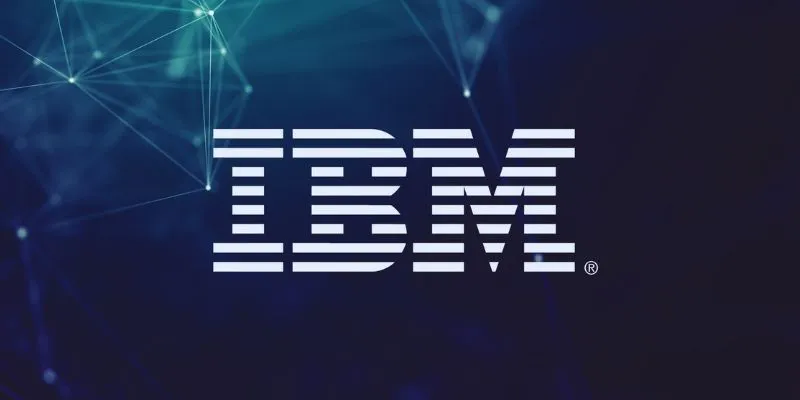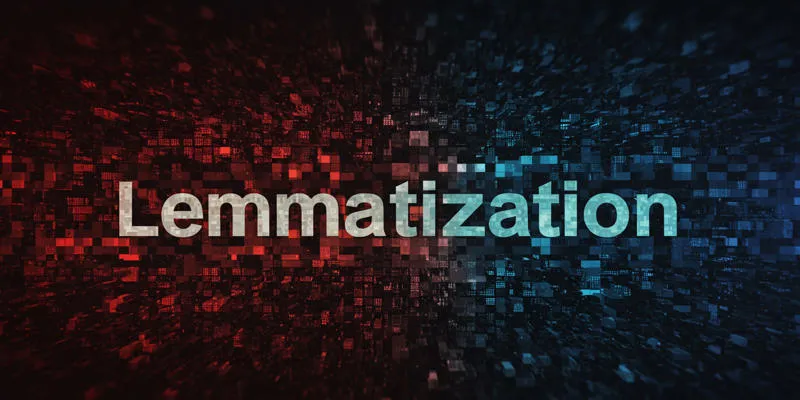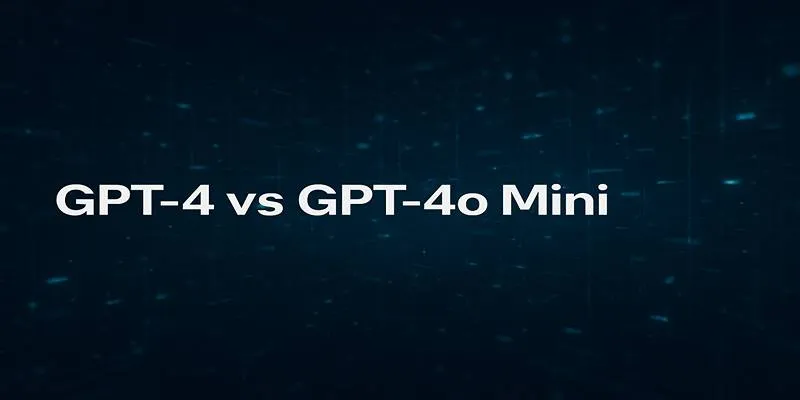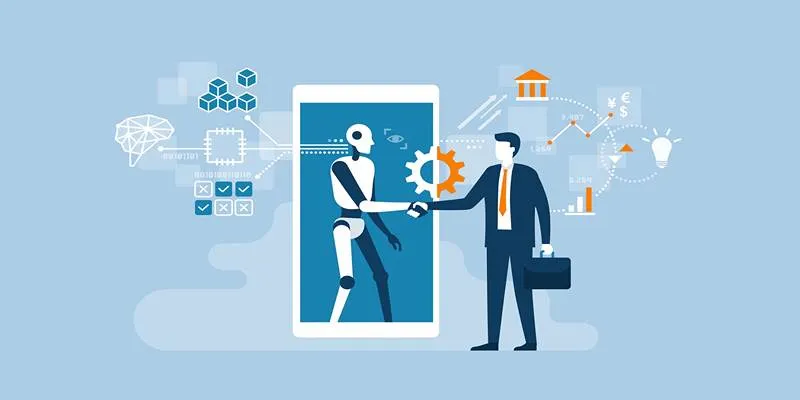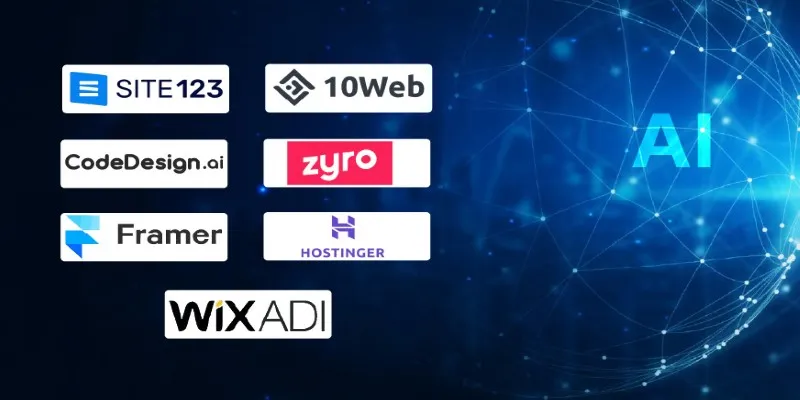Artificial Intelligence wasn’t born from a single idea or moment—it was shaped by decades of curiosity, mathematics, computing, and imagination. Today, when we talk to a chatbot or ask a voice assistant for the weather, it feels simple. But AI’s story goes back much further than most people think. It involves philosophers, mathematicians, scientists, and engineers—all of whom played a role in pushing the idea of “thinking machines” into reality.
Let’s walk through the turning points and minds that brought AI into existence.
When Was AI First Discovered? The History of AI
Mathematics and Logic in the 1800s
AI didn’t start with computers. It began in the minds of people who wanted to understand how reasoning works. One name that shows up early is George Boole. In the 1850s, Boole created a system of logic that let statements be true or false, with no gray areas. His work formed the basis for what we now call Boolean algebra. Without this, computers would not have the logical foundation they use today.
Later, in the early 20th century, Gottlob Frege and Bertrand Russell expanded on logical reasoning and formal languages. What they worked on didn’t look like AI as we know it. But they were breaking thought into rules. That matters because artificial intelligence needs structured logic to function.
The Turing Moment
If there’s a single person tied most directly to AI’s early path, it’s Alan Turing. In 1936, he introduced the concept of a “universal machine” that could simulate any calculation. We now call this the Turing Machine. It wasn’t built, but it described how machines could handle logical tasks like a human would.

Then, in 1950, he published a famous paper titled “Computing Machinery and Intelligence.” That’s where he posed the question, “Can machines think?” He also proposed the Turing Test, a way to measure whether a machine’s behavior could be mistaken for a human’s. This wasn’t just theory anymore. Turing believed intelligence could be modeled—and tested—in machines.
Birth of AI as a Field – The 1956 Conference
Now we get to the moment that’s often cited as the official “start” of AI: the Dartmouth Summer Research Project on Artificial Intelligence, held in 1956. It was organized by John McCarthy, Marvin Minsky, Claude Shannon, and Nathaniel Rochester. They submitted a proposal saying, “Every aspect of learning or any other feature of intelligence can in principle be so precisely described that a machine can be made to simulate it.” That sentence shaped the next several decades. At the conference, the term “Artificial Intelligence” was used for the first time. It gave the field a name and a mission: to replicate human-like thinking using machines.
The First Programs and Machines (1950s–1960s)
Soon after the Dartmouth Conference, early AI programs started appearing. One of the most famous was Logic Theorist, created by Allen Newell and Herbert A. Simon. It could prove mathematical theorems and even find new proofs that are more elegant than those created by humans.
Then came ELIZA in the 1960s. It was a program by Joseph Weizenbaum that mimicked a psychotherapist using pattern matching. People talked to it as if it understood them, even though it was only using templates and keywords. It didn’t understand language, but it gave a glimpse of what could be done with the right programming tricks.
During this period, AI had a simple goal: to show that machines could follow logical rules or process language. The excitement was real. Governments invested, labs formed, and the field began expanding fast.
The AI Winters
But expectations grew too fast. By the 1970s, many AI promises hadn’t been delivered. Computers were still limited, and things like common sense, conversation, or vision were much harder than people thought. Funding dried up. This period became known as the first AI winter.
Then, in the late 1980s, another wave of interest arrived with “expert systems”—programs designed to make decisions based on large rule sets. They worked well in specific domains like diagnosing diseases or managing inventories. But again, progress hit limits. The systems couldn’t adapt or learn new patterns. This led to a second AI winter in the early 1990s. These slowdowns weren’t failures in imagination—they were reminders that AI needs more than ideas. It needs computing power, data, and flexible methods of learning.
The Rise of Machine Learning
The early 2000s brought something new. Instead of hand-coded rules, researchers began focusing on systems that learned from data. This was the shift from symbolic AI (based on rules) to machine learning (based on examples).

Now, instead of telling a program how to recognize a cat, you could show it thousands of images of cats—and it would figure it out. Algorithms like decision trees, support vector machines, and later deep learning gave machines the ability to improve over time.
This shift changed everything. AI wasn’t just imitating logic anymore—it was adapting.
Deep Learning and Today’s AI
By the 2010s, advances in computing power and access to data allowed deep learning—neural networks with many layers—to grow. These models began outperforming humans in tasks like image recognition. They could translate languages, generate text, answer questions, and play games at superhuman levels.
One breakthrough came in 2012, when a deep learning system won the ImageNet competition with a huge leap in accuracy. That kicked off a wave of interest in neural networks.
By the time models like GPT and other large language systems were introduced, AI had moved far beyond what those at Dartmouth imagined. The systems weren’t just following rules or matching patterns—they were generating speech, writing stories, coding software, and playing complex games with minimal instruction.
So, When Was AI Discovered?
The answer depends on what you mean by “discovered.” If you mean when people first imagined making artificial beings, go back to the ancient myths. If you mean when the math and logic that support AI were created, the 1800s are a good starting point. If you mean when someone asked whether machines could think, Turing did that in 1950. And if you’re talking about when AI became a defined field, that’s 1956. The truth is, AI wasn’t discovered all at once. It was built piece by piece—by stories, theories, failures, and small wins.
 zfn9
zfn9
